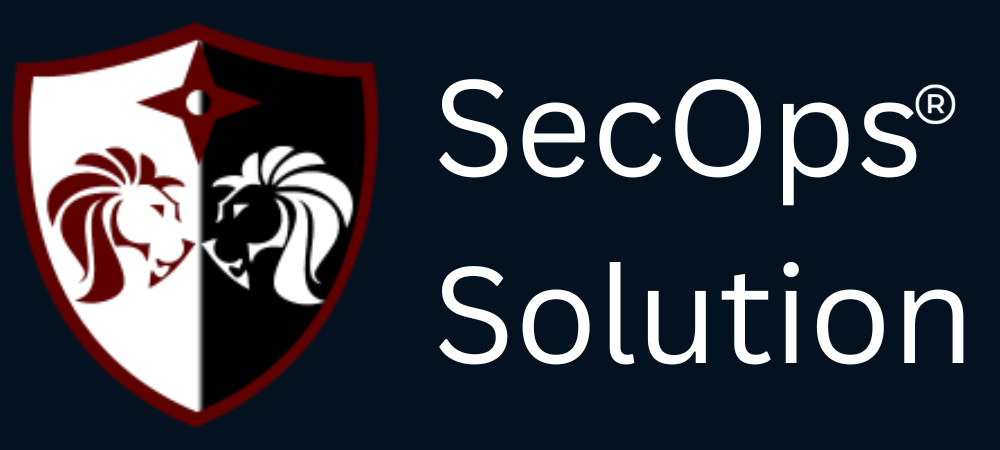
Agentless security for your infrastructure and applications - to build faster, more securely and in a fraction of the operational cost of other solutions

hello@secopsolution.com

The rise of remote and hybrid work has transformed IT operations forever. Employees are no longer confined to office networks—devices now span across home routers, public Wi-Fi, and coffee shop networks. While this flexibility improves productivity, it also increases the complexity of securing and managing endpoints. One of the biggest challenges organizations face is patching work-from-home (WFH) devices.
Traditional patching methods rely heavily on agents installed on every endpoint. But with distributed employees, bandwidth constraints, and device diversity, agent-based patching often becomes slow, error-prone, and difficult to scale. This is where agentless patching comes in.
In this blog, we’ll explore how agentless patching works, why it’s a game-changer for WFH environments, and how solutions like SecOps Solution’s agentless patching services can help organizations maintain a strong security posture.
Patching isn’t just a compliance checkbox—it’s the frontline defense against cyberattacks. Outdated operating systems, third-party applications, and firmware vulnerabilities provide easy entry points for threat actors. For remote employees, these risks are amplified because:
A single unpatched device can become the weak link that jeopardizes an entire organization’s security.
Agentless patching is a modern approach that eliminates the need to install and manage patching agents on every endpoint. Instead of relying on local software, agentless solutions remotely scan, assess, and patch devices through secure connections.
Key characteristics of agentless patching include:
For WFH employees, this means IT teams can keep their devices updated and secure without interfering with their day-to-day operations.
Here’s how a typical agentless patching workflow looks for WFH devices:
This end-to-end process allows organizations to maintain control and visibility without adding friction for employees.
SecOps Solution offers advanced agentless patch management services designed specifically for today’s remote-first organizations. With its scalable, cloud-based architecture, SecOps Solution enables IT teams to:
By integrating with broader vulnerability management and security operations, SecOps Solution ensures that patching isn’t just a one-off task—it’s part of a holistic cybersecurity strategy.
As remote and hybrid work continue to dominate, traditional IT models are being replaced by solutions that emphasize simplicity, scalability, and automation. Agentless patching represents the next evolution in endpoint security, giving organizations a way to stay ahead of vulnerabilities without burdening IT or employees.
With platforms like SecOps Solution, companies can confidently manage patching across distributed workforces, ensuring that no remote device becomes the weak link in their security chain.
Work-from-home employees are here to stay, and so are the cybersecurity risks that come with them. Agentless patching provides a practical, efficient, and scalable way to secure endpoints in a distributed environment.
By eliminating the complexity of agent-based tools, organizations can ensure that every device—no matter where it’s located—remains updated, compliant, and protected. With SecOps Solution, businesses can embrace remote work confidently while keeping security at the forefront.
SecOps Solution is an agentless patch and vulnerability management platform that helps organizations quickly remediate security risks across operating systems and third-party applications, both on-prem and remote.
Contact us to learn more.